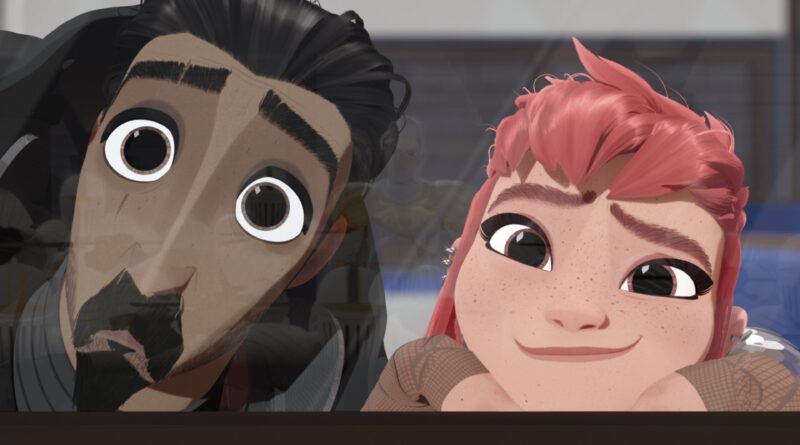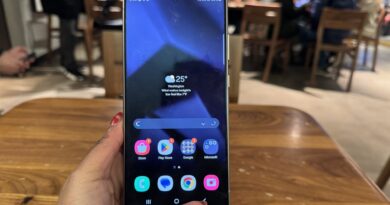How ‘Nimona’ changed ND Stevenson’s life
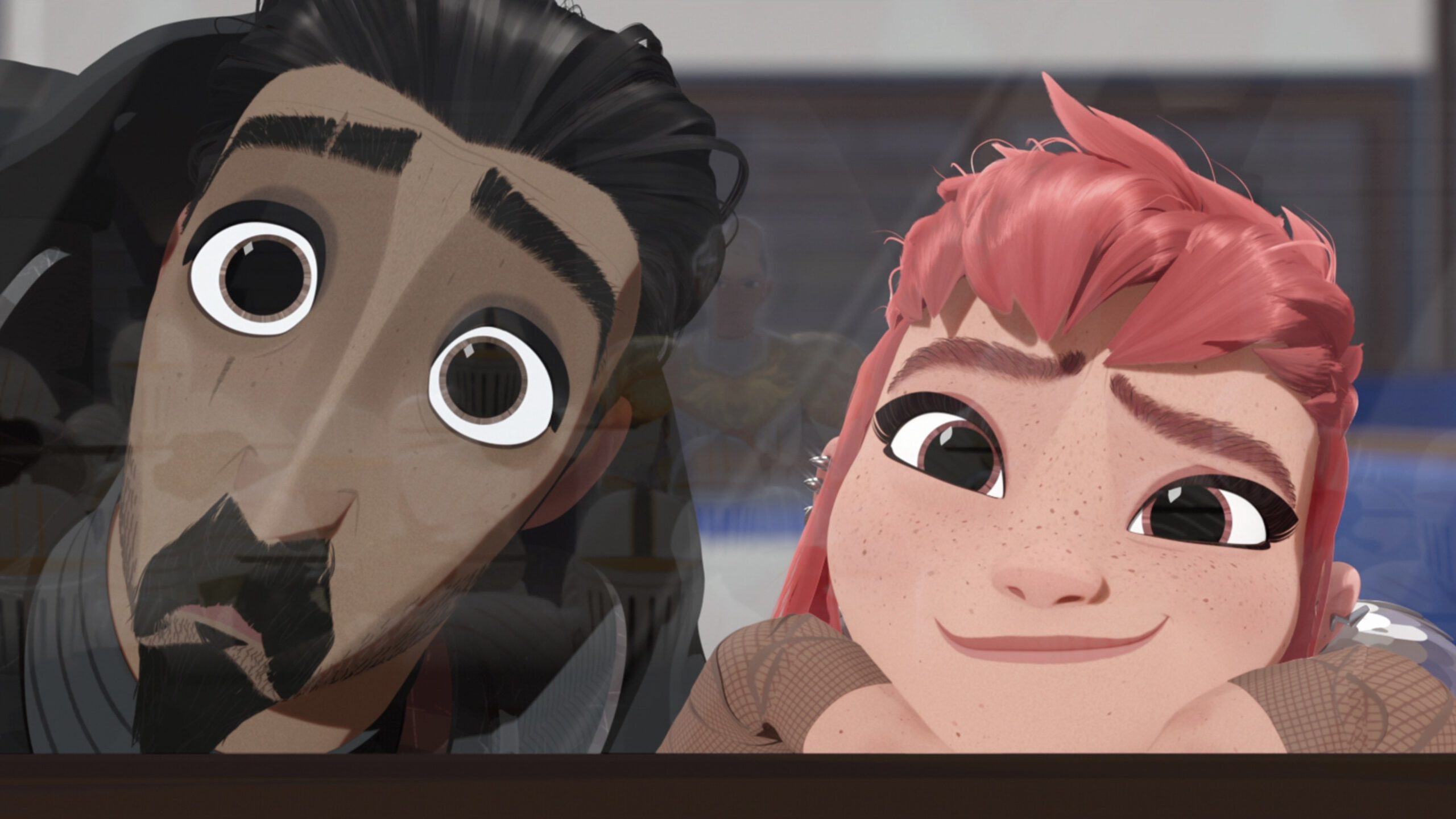
A little over a decade ago, ND Stevenson dreamt up a spunky shapeshifter with short pink hair and a love for chaos. Thus, Nimona was born, along with the webcomic of the same name. The comic, which later became an award-winning graphic novel, introduces us to villainous knight Ballister Blackheart, his sidekick Nimona, his radiantly coiffed ex-boyfriend Ambrosius Goldenloin, and the futuristic medieval kingdom they all live in.
Nimona developed a passionate following. Fans everywhere could see themselves in its titular character, someone who just wants to be herself yet is othered for it. Her ability to transform at will defies societal convention, especially when contrasted with the rest of the kingdom’s strict emphasis on conformity. These aspects of Nimona prompted readings of the comic that examined it as a trans allegory, although at the time of its writing, Stevenson didn’t necessarily include these themes on purpose. Later, Stevenson would come out as trans-masculine, and even write a quick cartoon about revisiting Nimona after further exploring his own gender identity.
With the release of Nimona‘s wonderful film adaptation, Mashable spoke with Stevenson about how the movie preserves the original story’s transness, as well as his experience with the adaptation process — both as an adapter, from his prior work on She-Ra and the Princesses of Power, and as an adaptee with Nimona.
Mashable: When you were the showrunner on She-Ra and the Princesses of Power, you were adapting and rebooting an existing story. With Nimona, this is your story being adapted. How does it feel to be on a different side of the process?
ND Stevenson: My approach to She-Ra was: The original show exists. You can watch it; it’s great. It gave kids in the ’80s this experience. How do we give kids today the same experience while also updating it because times have changed? But you’re always trying to stay true to what was at the heart of the original, because otherwise, why even adapt it?
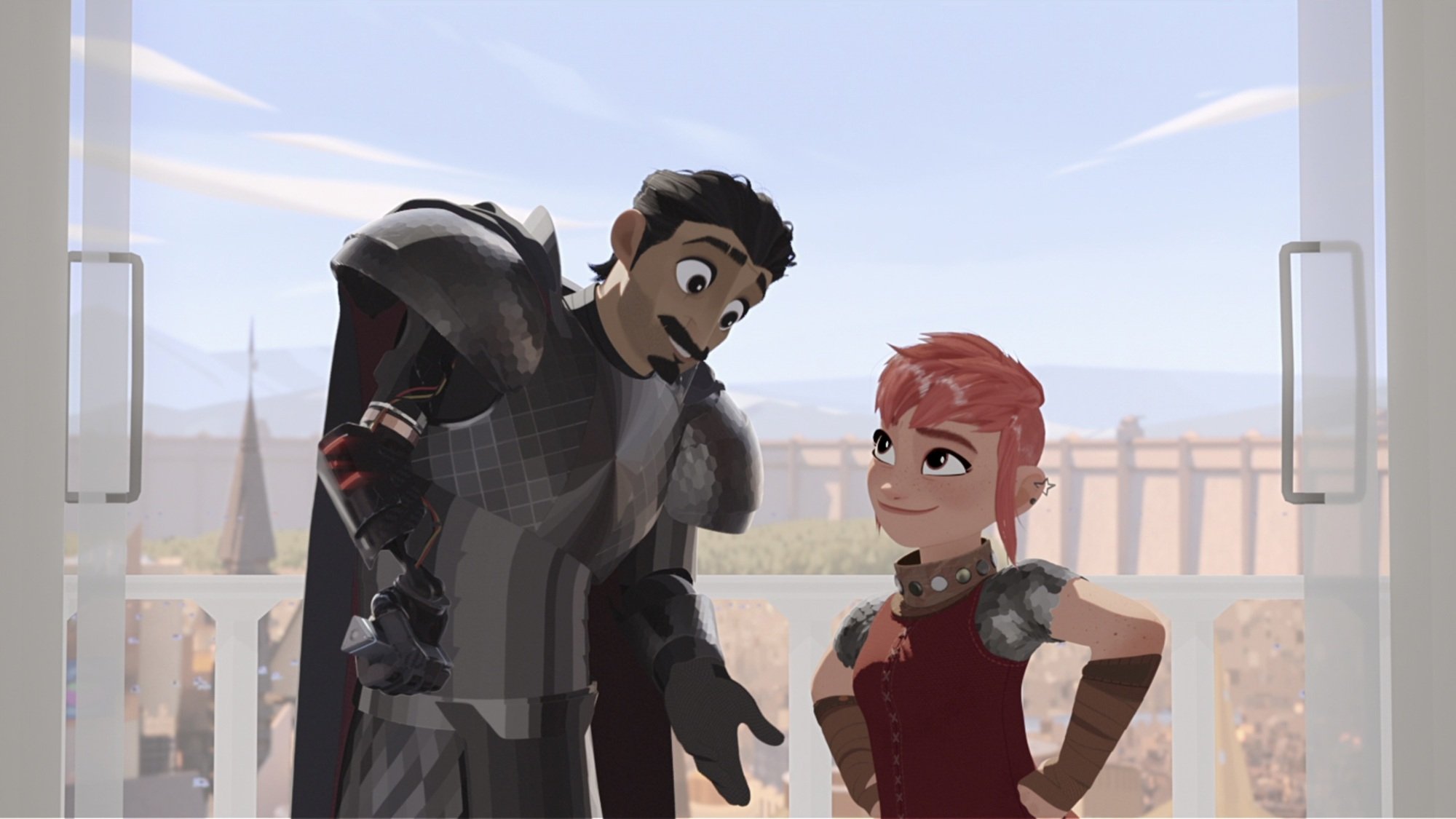
When it came to Nimona, that was a story that was really personal to me. It became a practice of learning how to open my hand and let it go and be whatever it had to be, even if it was really different from what I did. While I did that, I was still trying to do everything I could to make sure the movie stayed true to the heart of the graphic novel, which from my point of view was Nimona herself. She is the character who brings the story to life. She changes the other characters. I just really felt that she had to be right and everything else would fall into place.
But within that, I think I was very open to things changing, because I’d made the comic and told the story I set out to make. I’m really happy with it; it’s been widely read, and it’s still out there to read. Now it’s time for this new version of the story, over 10 years later. From my point of view, it’s like now you get two versions of that story, and I feel so lucky that it does feel like a story I recognize. It does feel like these are the characters that I know, even though they’ve changed in so many ways.
What do you think are the distinctive strengths of a graphic novel versus a film, and vice versa? What can one excel at over the other?
With the graphic novel — especially starting it as a webcomic — my favorite part is how much the story evolves in the telling. You see the art style evolve; you see the story evolve. And making the comic was me teaching myself how to make comics. I was just really finding it as I went. I really love that that’s possible with comics, that it is something that you can just set out and do.
But an animated movie is a huge production. You need so many people working together to pull it off, and you have so much oversight. It costs so much money. You need really big studios on board, and that means taking a lot of notes from a lot of really fancy people. But a webcomic gets to be something that is just itself. There’s so much that’s possible with it. It’s a very, very fluid medium.
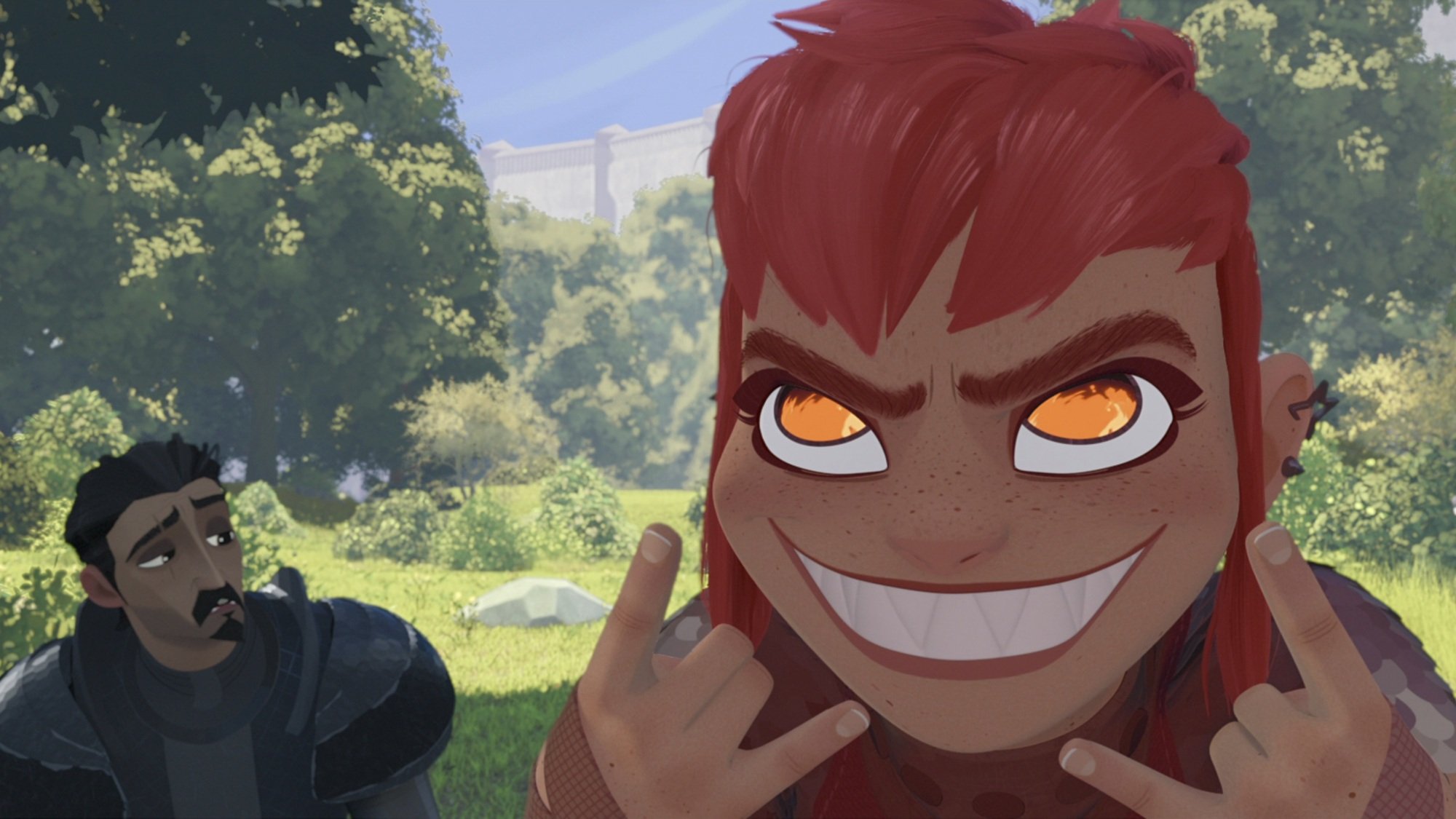
The strength of animation, especially for a character like Nimona who is constantly on the move, constantly shapeshifting, is that you get to explore the motion and action of it in that more cinematic world. You’re really fleshing that out and spending a little time in the world, [compared to] the comic, where a lot of things are left up to the reader’s imagination. There’s a huge power in what you leave unseen and unsaid in between panels. What I think is really great about the movie is that it gets to take those things that are unseen and explore them a little further.
What was an adaptation choice or difference that you were really excited to see play out on screen?
The big one is the change in Goldenloin’s character and how that changes his relationship with Ballister. In the comic, they’re like garbage exes, and Goldenloin is this ridiculous character who is sometimes — well, actually, almost all the time — super unsympathetic. He’s very, very fake. He has this veneer of perfection that you see is really, really shallow, and underneath is this person who kind of knows that what he’s doing is wrong. That is something that is darker, especially in a family movie. It does require some changes in order to bring that to the all-ages audience who’s going to be tuning in on Netflix.
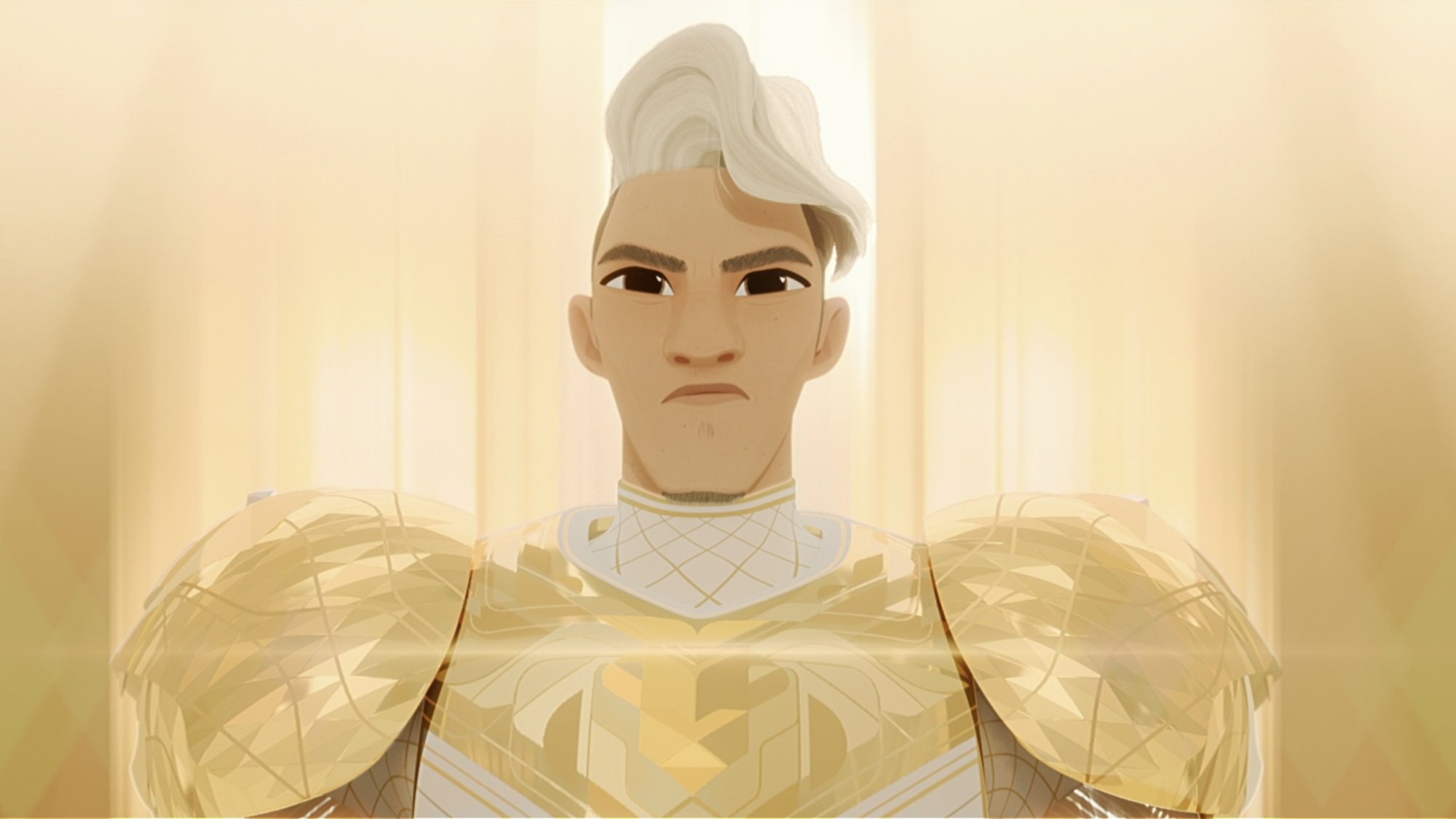
But I really love that they managed to keep the conflict in that breakup alive while still showing that these characters are unambiguously together. They are torn apart; they find themselves on opposite sides of this conflict that they are really powerless in and forced to fit into roles that don’t fit them. So I think that Goldenloin is the character who has changed the most, but I still see both versions as being two sides of the same coin. And I think they did a beautiful job updating that relationship for the movie.
I love that relationship and the expansion of Ballister and Goldenloin’s backstories. Were these elements that you’d always wanted to explore in the comic and wanted to bring into the film?
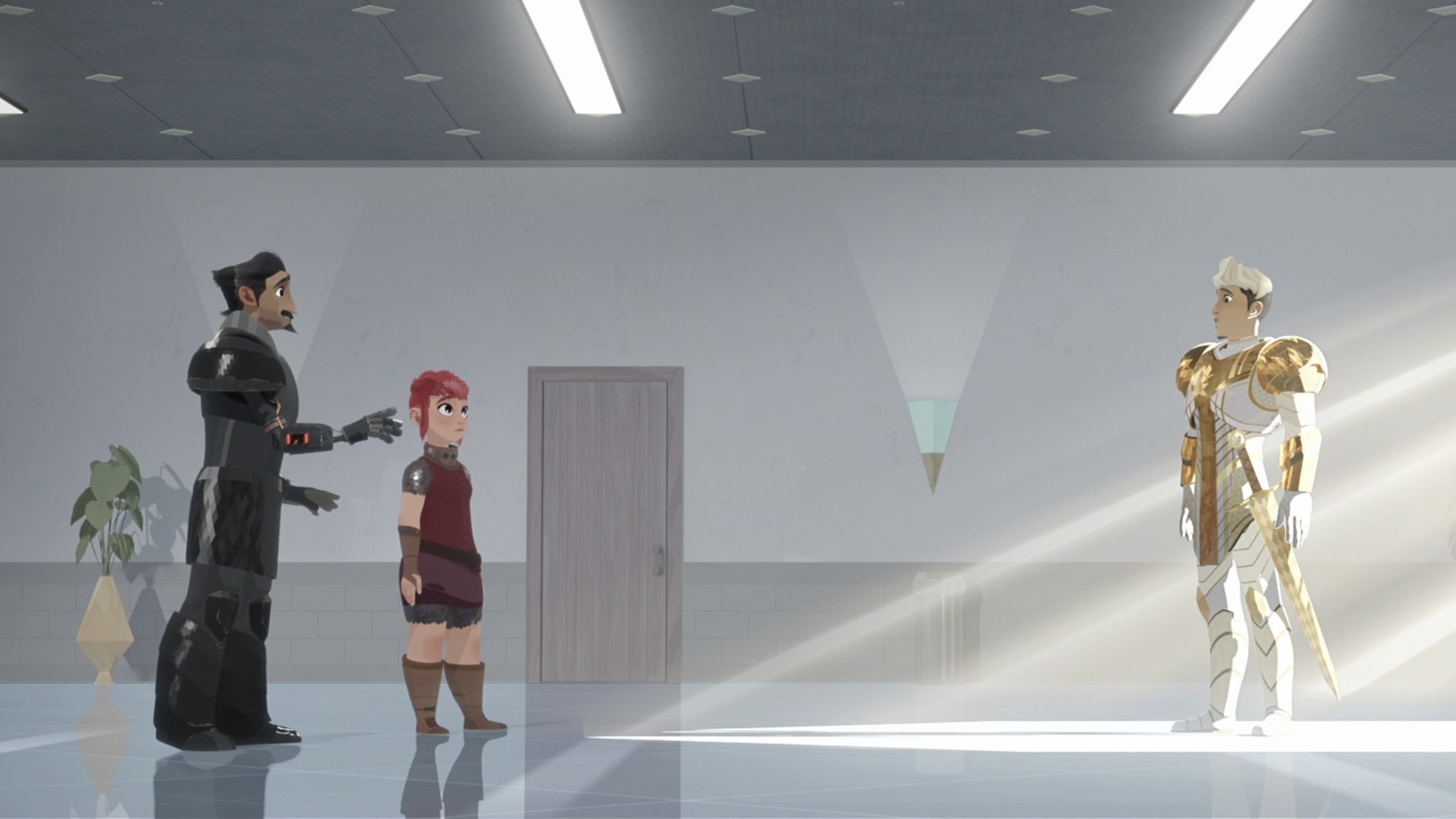
In the comic, it was more of a story that honestly I ended up being able to explore a little bit more in She-Ra, where the idea was that Ballister and Goldenloin were both orphans raised within this institution [like Adora and Catra]. Then in the movie, as Gloreth — who was really minor, almost an Easter egg in the comic — became a character that was expanded upon as this perfect hero looming over the story, that brought in the idea of lineage, of going to Goldenloin as a direct descendant. It also brings a really great dimension to the name Goldenloin to begin with: He is from this golden heritage, which I think is extremely funny in some ways.
Nimona has had many iterations, from your thesis to a webcomic to a graphic novel, and now, to a movie. Has the project changed in meaning for you over time?
It really has! It’s been over 11 years for me of being on this journey. At the very beginning it started out as this silly two-page comic. I had no idea where it was going to go, I really wanted to tell a story in some way, and I was trying to figure out how to do that. But I didn’t know if it was going to be something that anyone else would understand or like or if it was just for me. Over time with the webcomic, I saw people relate to it and latch on and read it week by week and anticipate the ending, and then having it become a graphic novel I saw that audience expand and that it was starting to grow beyond me and take on a new life. And that has only continued with the movie and seeing how many people have seen themselves in the character of Nimona.
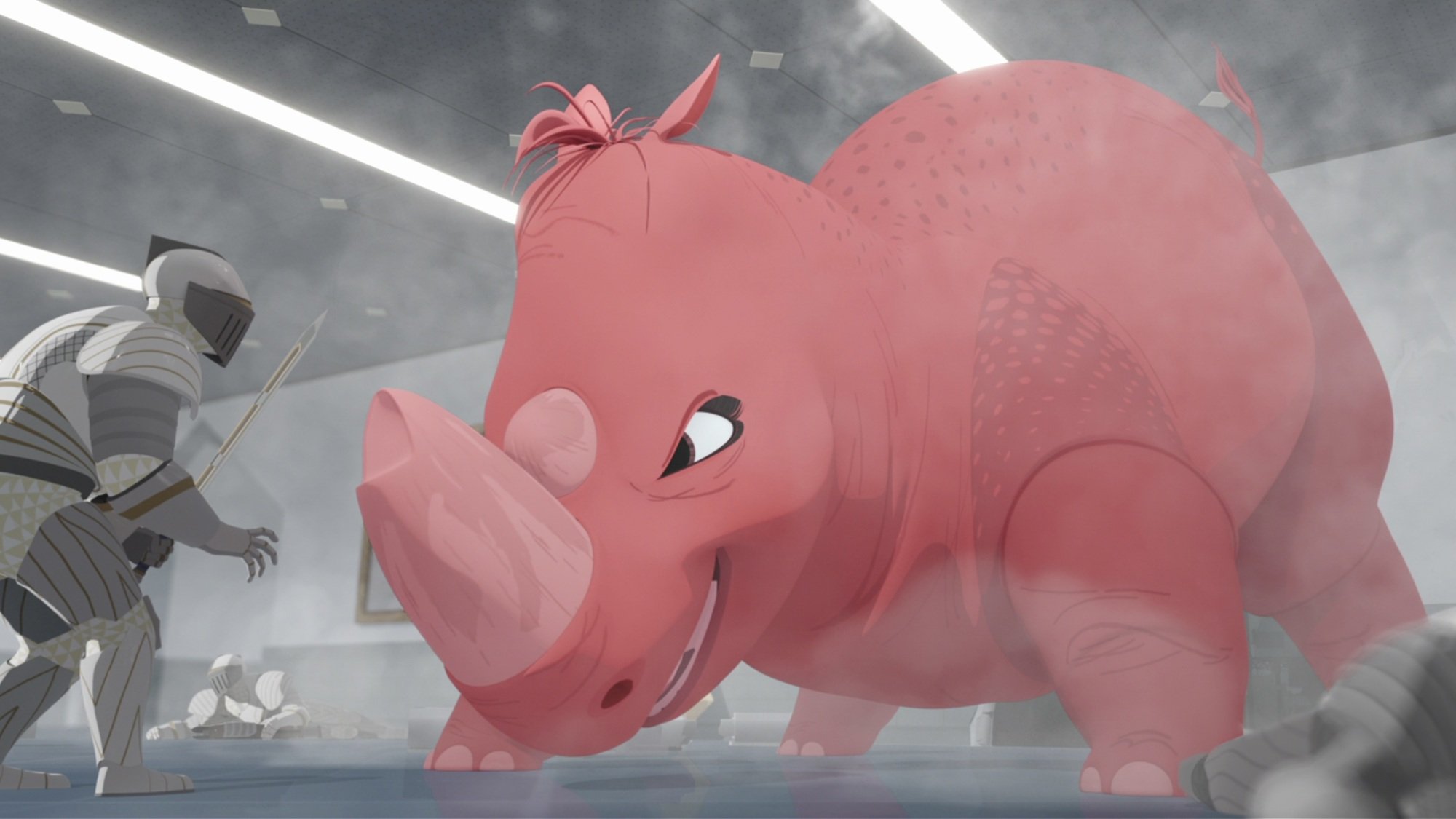
This story started out like this weird little seed of an idea — I didn’t even know fully what it meant. Now, seeing how big it’s grown and that it’s much more universal than I thought, it’s really giving me so many emotions right now. I am in awe of the whole process and everything that’s happened and the people who brought it to life and how they made it their own. And I’m really excited to see how the world perceives her and what happens next.
Speaking of people who relate to Nimona, trans allegories and themes were always present in the original graphic novel, and the film surfaces them even more. How did it feel to see those themes take on such a prominent role in the movie?
It’s all woven throughout the original story. Nimona is a character who can’t be understood. She doesn’t have one form. She is everything; she’s always changing, and that was something I really wanted for myself. She does take on masculine personas throughout the comic, which was something I didn’t understand at the time. It would be years before I would start figuring out my own identity. But it was absolutely there throughout the comic, just maybe not front and center, and people picked up on it. And now, 10 years later, I’m seeing these themes brought to the front. Honestly, it smacked me in the face and made me feel really called out. I’ve seen this movie so many times, and there are still lines in it that catch me off guard every time and take on new meaning.
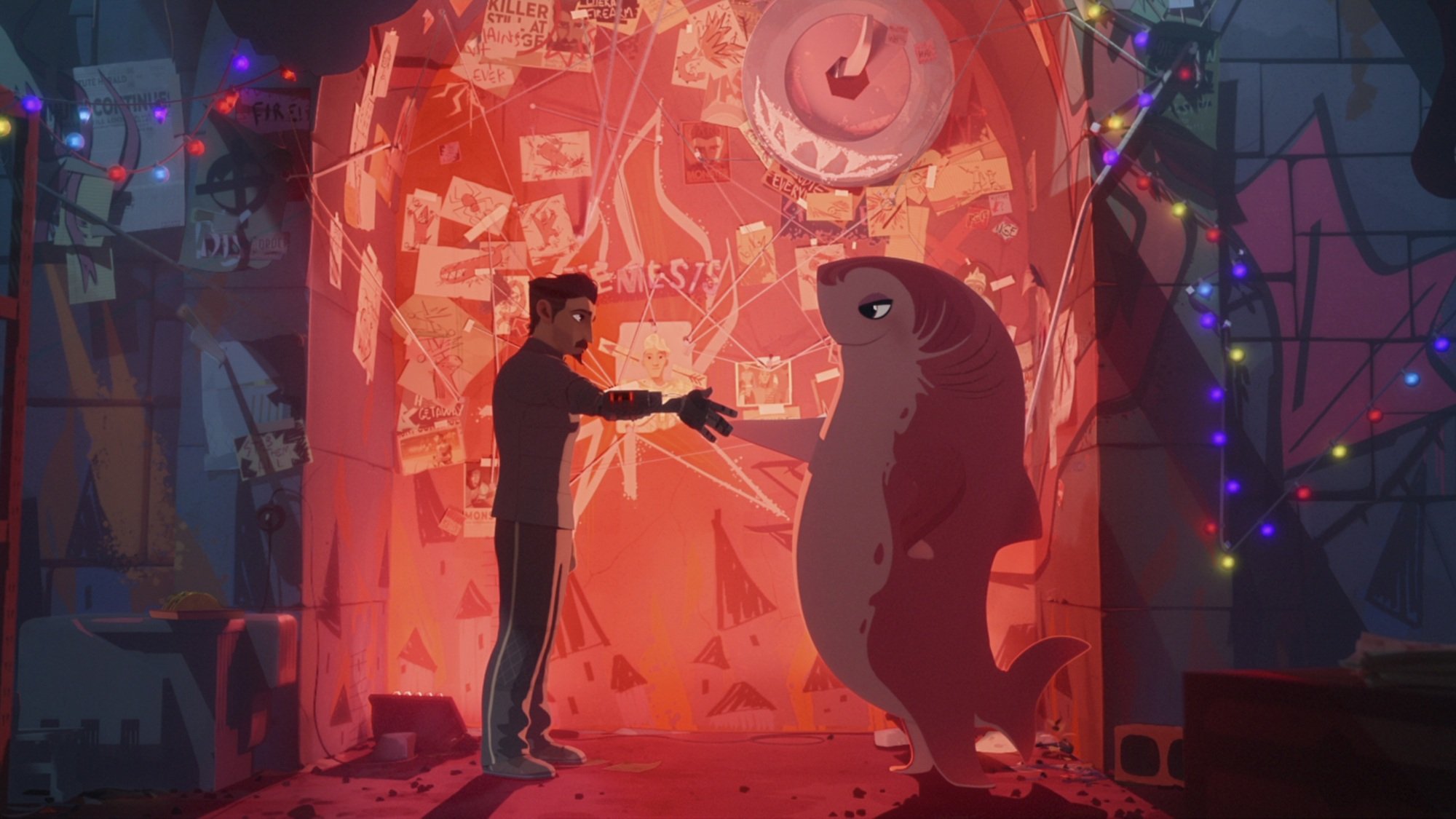
I love the way this spark of an idea that I didn’t fully understand at the time can catch fire and be brought to life by people making this movie and putting their own experiences in it. [Directors] Nick [Bruno] and Troy [Quane] opened that conversation to so many of the queer and gender nonconforming people in their crew who saw themselves in Nimona.
And again, there’s a universality to that character. The number of people who don’t share that obvious connection with Nimona still see themselves in her, because everyone feels like they’re forced into some role in society that maybe doesn’t fit them. I think that this movie is going to start conversations and give people a language to be able to talk about that in a way that I think is going to change lives. It’s already changed my life.
This conversation has been condensed and edited for clarity.
